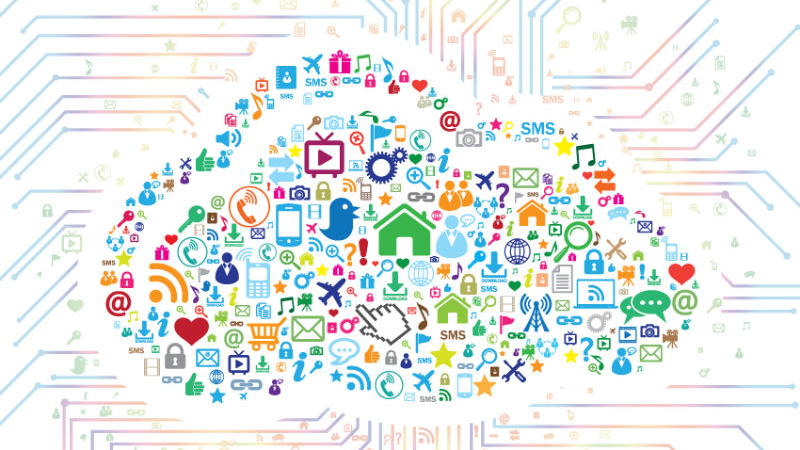How the Internet of Things will change the world

The definition of the Internet of Things is "intelligent interactivity between humans and things to exchange information and knowledge for new value creation". Try saying that after a glass of wine! There’s been a lot of talk about the IoT in the business world, and with good reason. It’s chock full of potential to improve performance, reduce costs, drive innovation and create new revenue streams. Of course, we’ve now reached the point where the talk is turning into action -- technology is adapting and businesses are planning IoT strategies.
Forrester Consulting say: "We are at the tipping point for broader IoT adoption with 53 percent of organizations planning to implement an IoT solution in the next 24 months. Organizations in Asia Pacific and Latin America are more aggressive with 69 and 60 percent respectively, planning to implement over the same time period".
Internet of Things in action
The Internet of Things is exciting to talk about, but as is often the case with technological advancements on the cusp of becoming mainstream, it’s hard for us right now to imagine day to day practicalities. So let us help you visualize how the Internet of Things will make a difference:
1) Transport and Mobility: In downtown San Francisco, 20-30 percent of all traffic congestion is caused by people hunting for a parking space. This congestion could be reduced in an IoT-enabled city, as wireless sensors in the parking lot could direct connected cars to an available space and initiate payment. If needed, the smart car could use the parking details to call a mobile mechanic to change the oil whilst the driver is away for the afternoon.
A connected transport system means that traffic can be effectively routed when there is a change in conditions. Users of public transport services such as buses, trains and trams could be instantly notified with service updates and receive relevant information about their journey. The IoT could also make a huge difference in the packing and shipping industries, making monitoring and logistics seamless.
2) Healthcare and Smart Homes: Due to our aging population, it’s estimated that 40 million people age 65 and over will be living alone in the US, Canada and Europe. The IoT means that elderly people will be able to retain their independence and live at home for longer, whilst their families can be instantly reassured of their safety and wellbeing. This can be achieved by having wireless sensors throughout the house, which monitor things like activity levels, sleeping patterns and medication schedules. Alerts can be automatically sent to healthcare services and family members if there is cause for concern.
Better connectivity in hospitals means that patient care can be vastly improved, as doctors will be able to view test results and notes instantly using their own devices or even bio wearables. Cleaners can be alerted when an area needs attending to, improving hygiene standards throughout the building. Equipment can monitored and therefore allocated to the correct department according to demand.
3) Smart Buildings and Mobility: Energy used by commercial and industrial buildings in the US create almost half of all greenhouse gas emissions for the whole country. With this in mind, businesses are under pressure to improve energy efficiency of their buildings. The IoT could help to achieve this using sensors which automate usage of lighting, water and gas according to the number of people in the building and their precise location, as well as the weather conditions.
4) Cities and Industry: Smart Cities can significantly reduce their impact on the environment by making services more efficient. Resources like electricity, water and gas could be distributed according to use and maintenance services can be alerted instantly if there are any problems on the network. Connected cars could also alert maintenance services when they pass a pothole, or a streetlight that needs fixing. The alert would automatically be sent to a staff member closest to the problem that needs attention, saving time and money spent on fuel.
How can the Internet of Things make money?
The key to answering this all-important question is this -- streamlining. The IoT is a catalyst for making services smarter, better and more efficient, therefore saving people time and money.
To illustrate, it’s been said in an article by telecomreseller.com that the IoT could generate:
- $100 billion by reducing energy consumption in public buildings and therefore lowering operating costs.
- $108 billion in the gas and water monitoring industries, simply by reducing meter reading costs, improving accuracy and providing real time updates on use and status.
- $42 billion with the introduction of smart parking, identifying availability of spaces and introducing demand-based pricing.
Gavin Wheeldon is CEO of Purple WiFi.
Published under license from ITProPortal.com, a Net Communities Ltd Publication. All rights reserved.